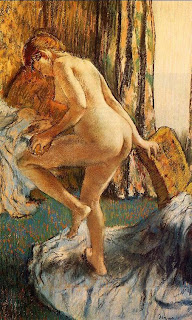Friday, May 10, 2013 -  Charley Hill,Dick Ellis,Edvard Munch,Norway,stolen art
Charley Hill,Dick Ellis,Edvard Munch,Norway,stolen art
 No comments
No comments
 Charley Hill,Dick Ellis,Edvard Munch,Norway,stolen art
Charley Hill,Dick Ellis,Edvard Munch,Norway,stolen art
 No comments
No comments
Norway Celebrates 150 Anniversary of Munch's birth; BBC Broadcast Interviewed Charley Hill last February on the Successful Return of The Scream in 1994
Celebrating the 150 anniversary of the birth of Edvard Munch, the National Museum and Munch Museum in Norway will exhibit more than 200 of the artist's paintings in "Munch 150" on June 2.
Here's a link to a BBC World Service broadcast last heard in February near the anniversary of the 1994 theft of Edvard Munch's The Scream. Charley Hill, former undercover police officer for Scotland Yard's Art and Antiquities Squad (his boss was ARCA Instructor Dick Ellis), describes how he posed as Chris Roberts, a consultant with the Getty Museum to negotiate the purchase of the stolen painting. The broadcast concludes the show with the statement that three of the four convicted of the theft successfully appealed on the grounds that Mr. Hill entered Norway under a fake passport.
Here's a summary of the facts on the 1994 theft as reported by the BBC.
Theresa Veier, an art history and lawyer in Oslo, wrote for the ARCA Blog about the artist and the theft of his work more than 65 years after Edvard Munch's death.









